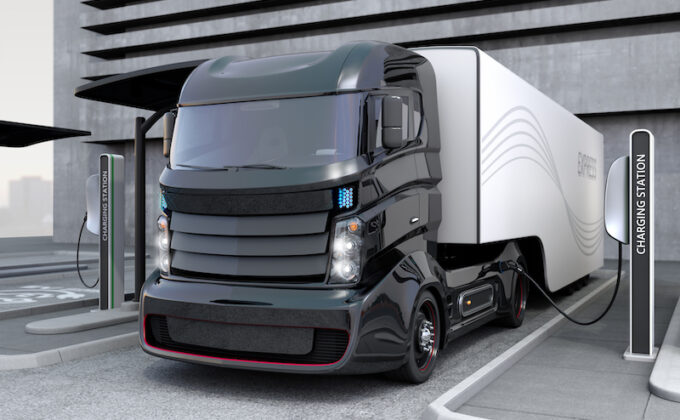Content Filter:
April 10, 2025
Why wait for the next energy crisis? Enjoy the benefits of flexibility today
Europe has been paving the way to greater residential demand flexibility since 2018, and according to RAP’s recent survey, residential smart tariff offerings have increased by 250% since the energy crisis hit in 2022. Let’s look at how European… View Summary +
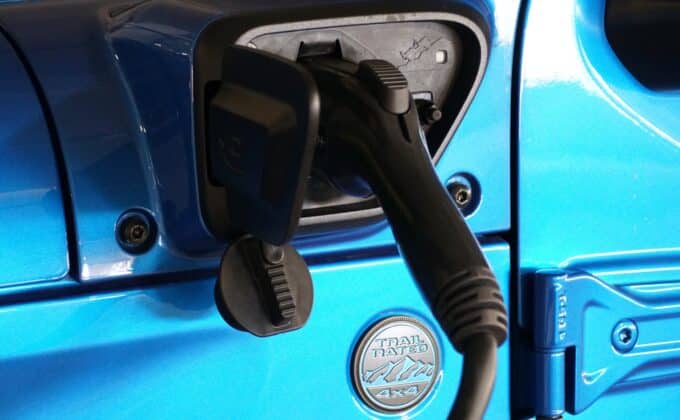
April 12, 2023
Flex and the city: Cities need dynamic pricing for public charging
City dwellers without their own parking space, small business owners such as taxi drivers and a growing number of car-sharing users rely on the public charging network to access electric driving. The affordability of electric vehicles (EVs), compared to the… View Summary +
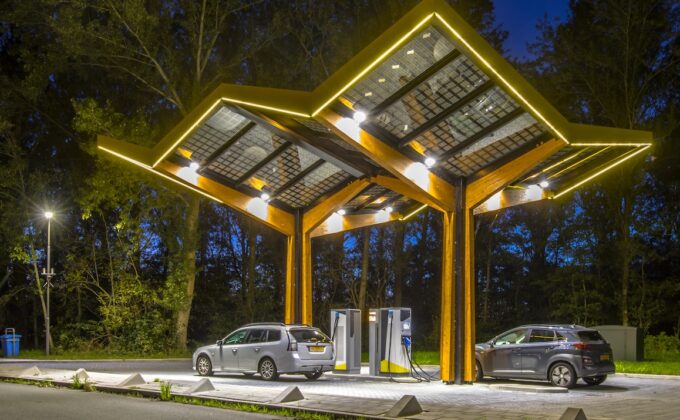
August 26, 2022
EV smart charging: A golden opportunity for distribution system operators
Electric vehicles (EVs) offer a cleaner, more energy efficient means of transportation than vehicles with internal combustion engines. Less well known is that they also provide a still largely unused resource to improve grid operation. Although the additional electricity demand… View Summary +
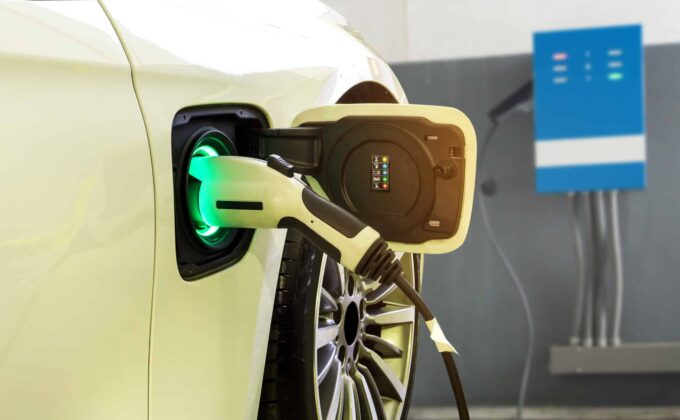
May 18, 2022
Cutting ties, forging alliances: how transport electrification and renewable electricity can reshape Europe’s economic landscape
Along with the existing environmental and economic rationale for ending reliance on fossil fuels, the war in Ukraine has motivated many in the European Union to increase energy sovereignty. One of the larger fossil fuel consuming sectors is transportation, for… View Summary +
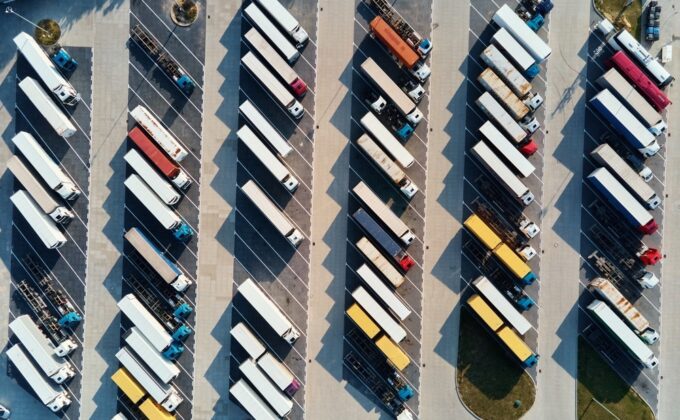
February 9, 2022
Europe needs smart charging of all EVs now
A recent pan-European survey found that consumers prefer electric vehicles (EVs) over conventional cars. Last month’s EV sales surpassed those of diesel models in Europe for the first time. Charging the growing number of EVs at our homes, workplaces… View Summary +
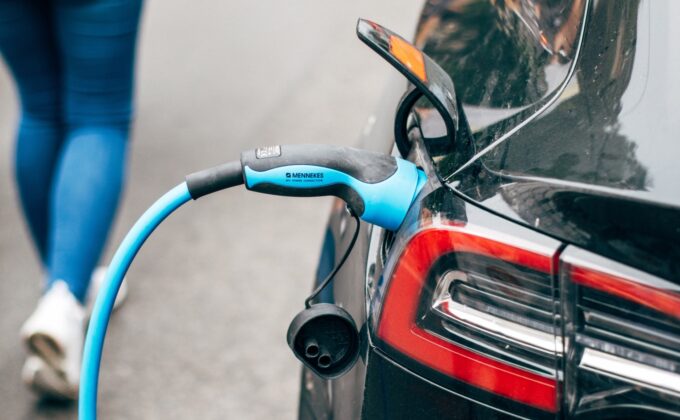
November 6, 2021
EU’s buildings directive should give EV owners the right to a smart plug
- Jaap Burger ,
- Luka De Bruyckere
The electrification of mobility is in full swing. As electric vehicles (EV) become ever more popular, public charging points are spreading – their numbers have doubled in the last two years in the EU. But public charging points alone will… View Summary +
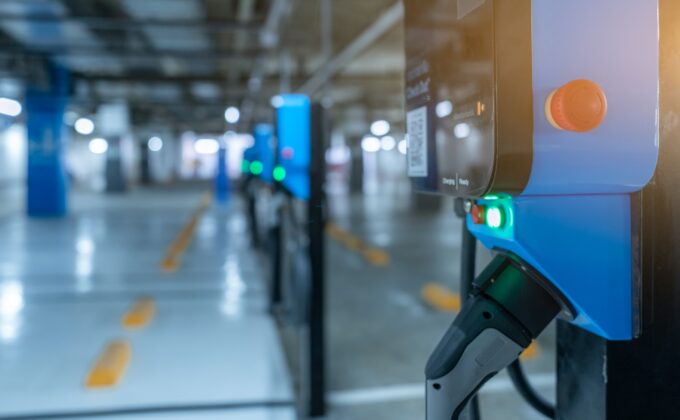
September 8, 2021
Trust, not control: Germany, EVs and the power of consumer choice
‘How electric vehicles endanger electricity supply’ rang the alarm in a major German newspaper in 2018. The author warned that the local electricity networks would collapse if people returned from work in the evening and all charged their cars… View Summary +
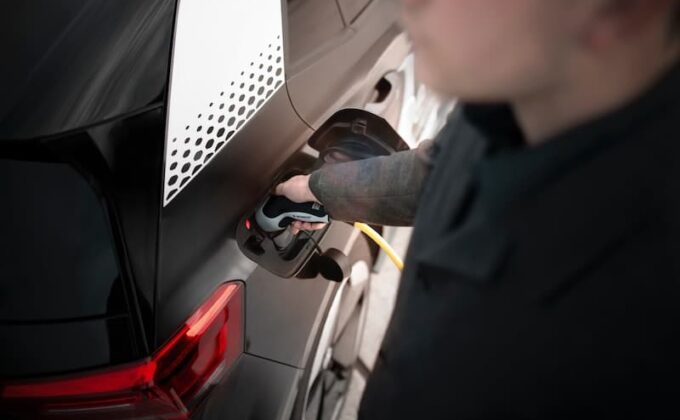
March 12, 2021
De elektrische truck: goed laadplan kan veel geld besparen
Tijdens de pandemie zijn we veel meer thuis én bestellen we meer online. De bestelbussen in de straat zijn daarom een steeds zichtbaarder onderdeel van de logistieke keten. De meeste CO2-uitstoot en geluidsoverlast van transport komt echter van vrachtwagens. View Summary +
